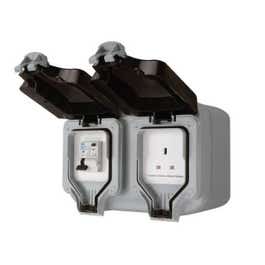Yellowelise
Standard Member
Hi all
Any one else had their granny charger moulded plug melt down?
Have had our ZS LR since April
Almost exclusively granny charger charged (1, 20 min rapid chrge in July).
Never used an extension, have socket in porch direct out to car.
Got stuck in a motorway jam on Thursday and ended up getting home with 7% battery left.
plugged in as bormal left plugged in all night and day, went to take off plug around midday but it wouldn't come out of socket.
hubby couldn't get it out either so off goes electric and socket faceplate.
photos show the plug overheated a pin and melted!!
did not short the fuse
car fully charged and giving 313 miles range.
Anyone else had this?
Ideas as to what happened?
also can I cut the cable and put a non moulded 3 pin plug on


Any one else had their granny charger moulded plug melt down?
Have had our ZS LR since April
Almost exclusively granny charger charged (1, 20 min rapid chrge in July).
Never used an extension, have socket in porch direct out to car.
Got stuck in a motorway jam on Thursday and ended up getting home with 7% battery left.
plugged in as bormal left plugged in all night and day, went to take off plug around midday but it wouldn't come out of socket.
hubby couldn't get it out either so off goes electric and socket faceplate.
photos show the plug overheated a pin and melted!!
did not short the fuse
car fully charged and giving 313 miles range.
Anyone else had this?
Ideas as to what happened?
also can I cut the cable and put a non moulded 3 pin plug on
